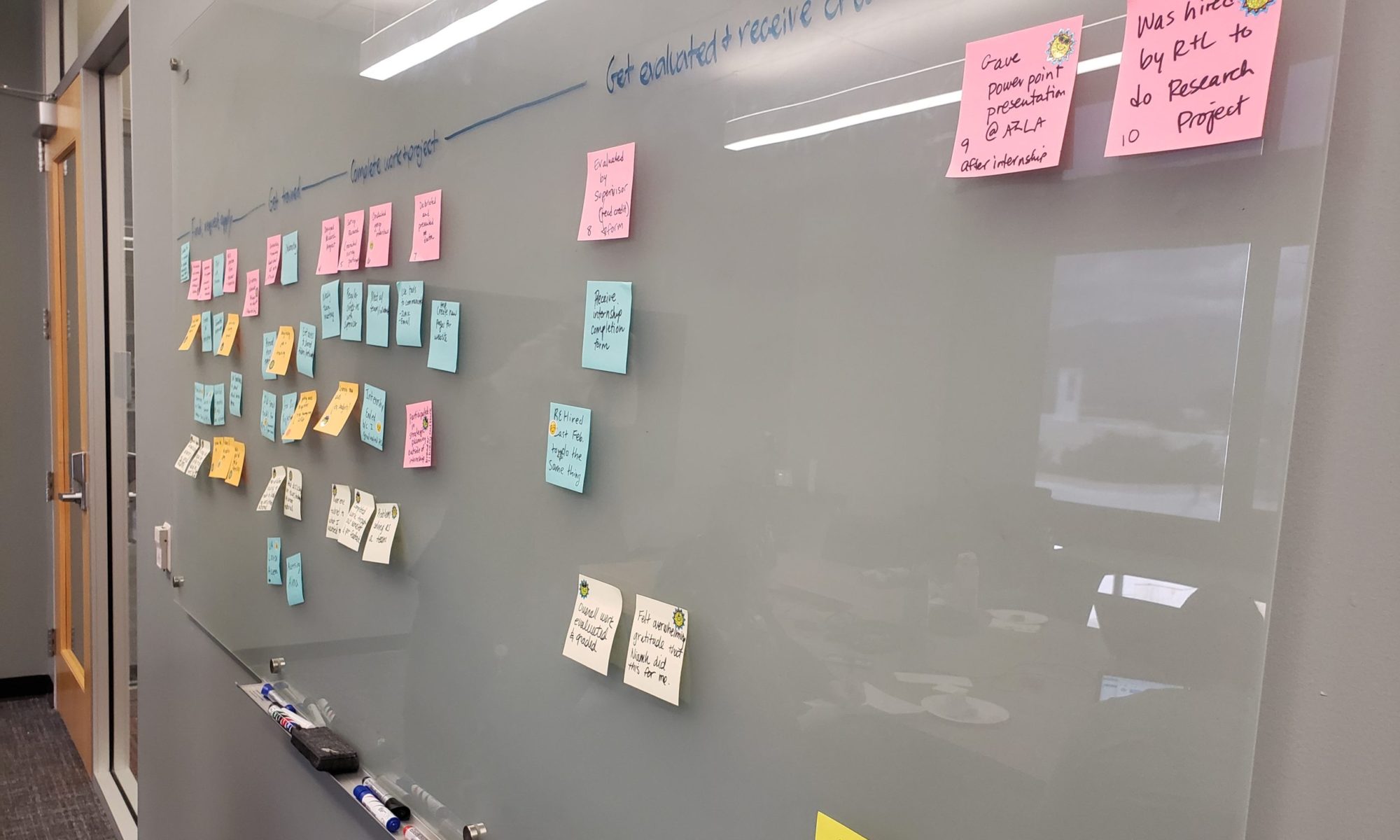I’ve written and taught on the topic of web content for a number of years. And this past year, I’ve been thinking a lot about how our content decisions impact the accessibility and inclusivity of our websites.
Last month, I presented the keynote at a Ferris State University’s symposium, Web Content for Everyone: Usability, Accessibility, and Content Creation. The audience included web developers, marketers, instructors, writers, and other staff from across campus.
The goal of this presentation was to cover the key principles to creating content that is useful, usable, and accessible to all. I discuss techniques including plain language, heading structure, content prioritization, meaningful links, alternative text, and more. My 5 tips for better, more inclusive web content are:
- Know your audience. Create content with your readers in mind.
- Keep it focused and simple. Reduce cognitive load with straightforward and succinct content.
- Focus on clarity. Strive for immediate comprehension.
- Organize and structure. Your content flow should be intentional, point-of-need, and easy to skim.
- Make it readable. Be intentional with font choice, white space, and formatting.
Big thanks to Ferris State for inviting me, and for recording and captioning the presentation!
